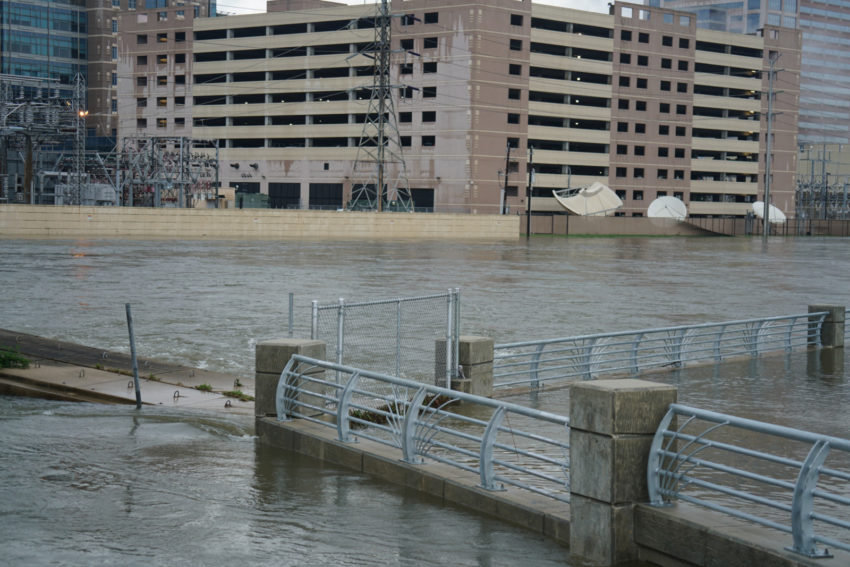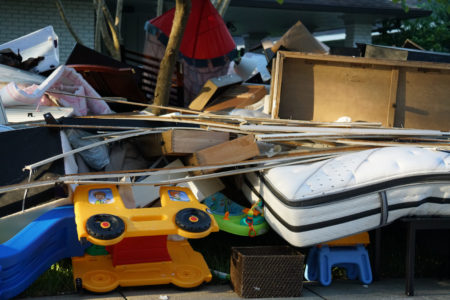
Share On Social!
Bacteria in floodwaters and ample breeding grounds for disease-carrying mosquitoes are just a few of the public health threats plaguing coastal Texas after Hurricane Harvey.
But there’s a scarier—and unseen—health enemy lurking.
Stress.
That’s why state leaders created the Hurricane Harvey Task Force on School Mental Health Supports.
The task force, the first of its kind in Texas, will respond to mental health issues in schools impacted by Hurricane Harvey, according to Texas Gov. Greg Abbott and Texas Education Agency Commissioner Mike Morath.
“Our state leaders are absolutely right that addressing the trauma created by Hurricane Harvey must be an integral part of the state’s strategy for recovering from the storm,” said Josette Saxton, director of mental health policy at Texans Care for Children.
“If a student keeps reliving a terrifying rescue from a flooded house or wondering where her family is going to live next week, we know she’s not going to be able to focus on learning algebra.”
A Flood of Mental Health Issues

A natural disaster causes a big psychological toll on those affected.
Hurricane Harvey survivors have to cope with injuries, home damage, and loss of property.
Flooding forced about 40,000 people out of their homes and into shelters. Rockport (24% Latino), Port Aransas (3.2% Latino), Houston (37% Latino), Victoria (50% Latino), and Port Arthur (35% Latino) suffered much damage.
In a disaster like this, Latino kids are likely to report greater symptoms of depression and post-traumatic stress disorder (PTSD) than their white peers, according to the Salud America! Mental Health & Latino Kids Research.
Latinos already suffer a heavy mental health burden.
Immigration, cultural identity, poverty, bullying, and discrimination stress out Latino kids. These issues often go untreated due to the lack of psychologists in low-income areas.
“We know that childhood trauma … can affect children’s brains, academic performance, and behavior in school,” Saxton said.
How Can We Ease Stress after a Disaster?
Children can thrive after trauma if we train teachers, counselors, and school police officers to understand trauma, Saxton said. Mental health professionals also should be available to work with students.
Saxton’s organization is working with state education leaders to build this kind of support for schools.
Specifically, the new Mental Health Task Force will:
- Survey and assess impacted schools and communities and link them to resources;
- Develop a comprehensive list of statewide resources and regional resources;
- Engage service centers to convene coordinated support; and
- Create support tailored for the specific needs of each community.
Counseling, training, and other resources will be available for school district staff, students and families.
“As I’ve traveled the state following Hurricane Harvey, it is evident that addressing the mental health needs of our students and educators is of the utmost importance,” said Morath, commissioner of the Texas Education Agency. “This coordinated mental health response will allow our state agencies to coordinate local responses that reflect the specific needs of each individual community.”
To learn more about Texas’ mental health resources or connect with a provider near you, visit the online Local Mental Health Authority search tool.
This tool offers confidential help 24 hours a day, seven days a week.
By The Numbers
142
Percent
Expected rise in Latino cancer cases in coming years



